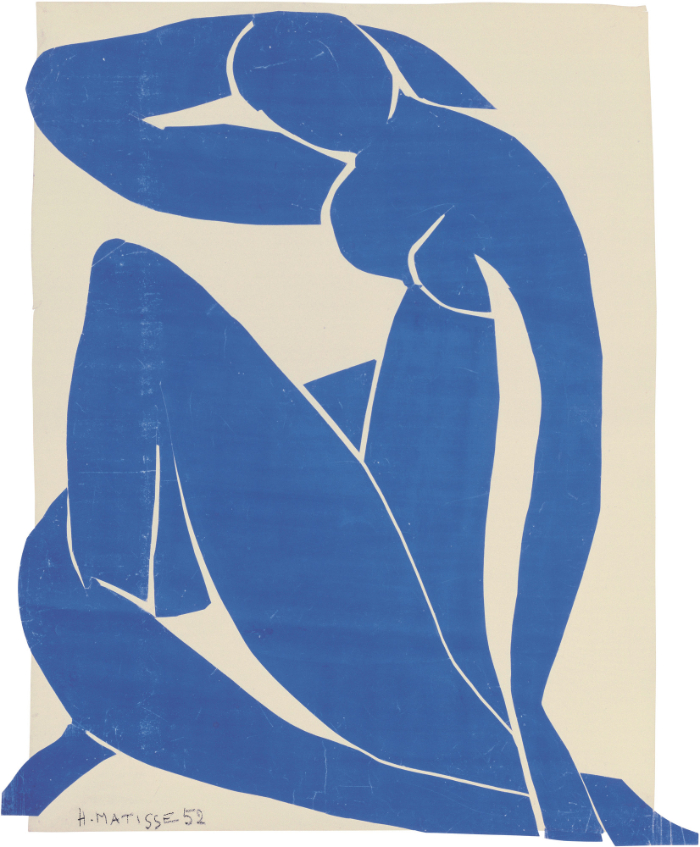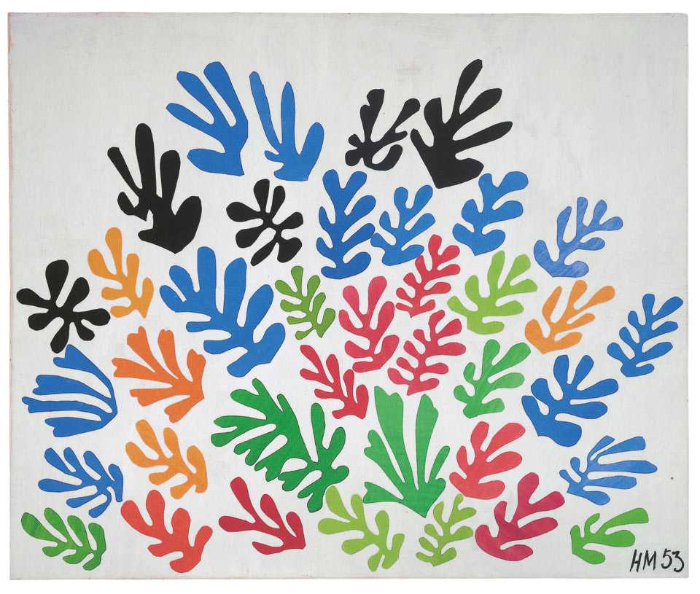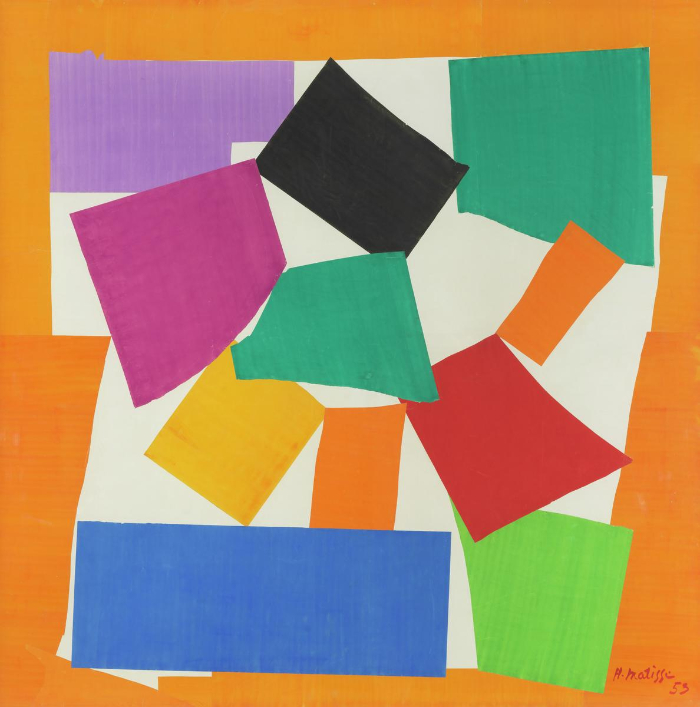
Henri Matisse (1869 to 1954) was a French artist who worked for nearly six and a half decades. He was a very skilled creator, and over the course of his career, he made paintings, sculptures, graphic art, collages, etchings, lithographs, and book illustrations. Throughout his entire creative life, he strived for “balance, purity, and serenity,“ as stated in his memoir “Notes of a Painter“ from 1908.
Matisse has a place in the Hall of Fame of modern art, at the same rank as Picasso, since he was the leader of Fauvism, the avant-garde movement that kick-started the 20th century.
Biographical background
Painting
Early career
Fauvism
Late career
Line drawings
Sculpture
Collage
Henri Matisse’s early adult life started at law school. He frequented an evening art class as a hobby, but when he was healing from a severe case of appendicitis, he found great joy in painting as a means to pass the time. A year after his recovery, in 1891, he went to Paris to study art, much to the disdain and disappointment of his father.
Matisse’s early artistic education was strictly academic - in a realistic, neoclassical style. There was no room for self-expression. After a year, he changed schools to study under a more tolerant teacher, symbolist Gustav Moreau. He encouraged students to find their style, a teaching method that appealed to Matisse. After his master’s death, Matisse was kicked out of the academy by the new, less free-spirited master.
The most recurring subjects in Matisse‘s paintings are landscapes, still lives, people, domestic and studio interiors, and the female figure. Matisse started exhibiting his early works in 1895. His painting “Woman Reading“ garnered great success, which boosted his confidence.

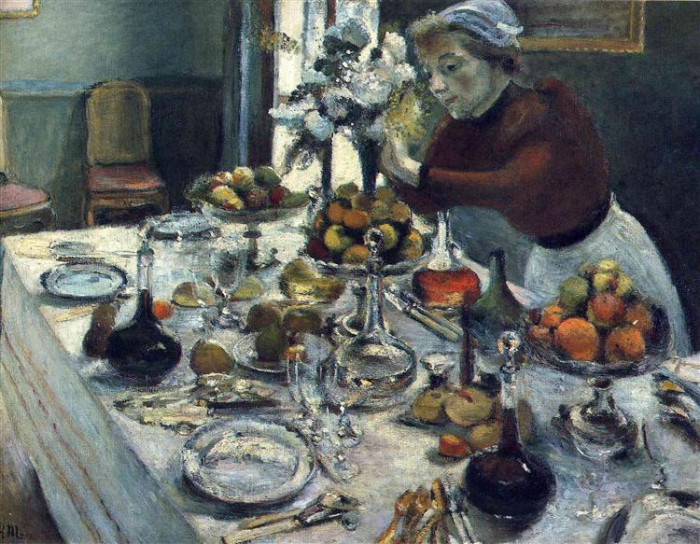
Matisse was an open-minded artist, very reactive to his surroundings. In his travels, he discovered the dynamic Parisian artistic scene: neoclassicism, realism, impressionism, and neo-impressionism. He met with influential artists such as Camille Pissarro, Vincent van Gogh, Édouard Manet, and Paul Cézanne.
A 1904 trip to Provence showed him light as he has never perceived it before. Matisse quickly left behind the dark, earthy palette of his early paintings to venture out into a world of bright colors. He discovered pointillism, a technique of laying paint on the canvas via small dots of complementary colors. The result was 1904’s “Luxury, Calm and Pleasure,” the masterpiece that marked the beginning of the Fauvist movement.
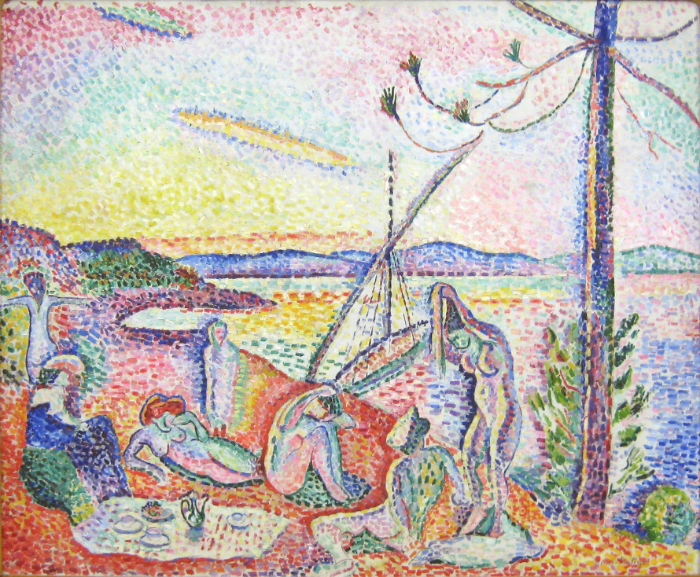
In French, the word “fauves” means wild animals. Matisse and his group of followers first exhibited their innovative works in a gallery for new artists. An art critic used "fauves" to illustrate his thoughts about the unprecedented use of color. While he meant it as an insult, Matisse and the rest adopted this moniker, calling themselves the fauvists and their style - fauvism.
In the painting above, you can see the influences of pointillism, as the brushstrokes can easily be distinguished from one another. This creates a sort of dynamic jitter on the canvas, giving it life and luminosity. There is no attempt to create an illusion; the painting does not “try“ to hide the fact that it’s a painting. It does not try to mimic reality. On the contrary, it exposes the process of its own creation. This is a recurring theme in Matisse’s works.
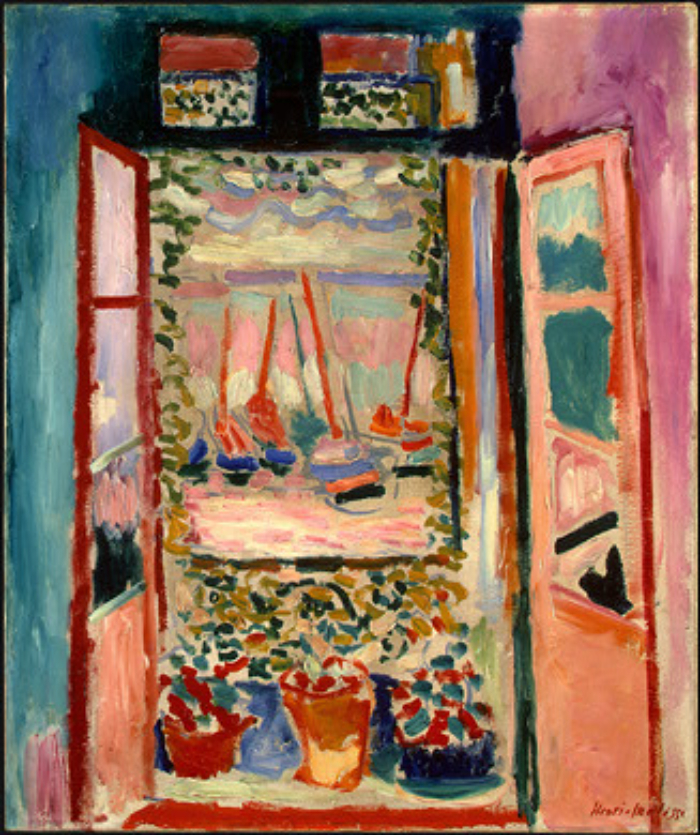
In “Open Window,” you can see this theme even more clearly than before: while the painting portrays a view of the horizon, there is no illusion of depth. The entire canvas is flat. It doesn't pretend to be a window to another reality - it remains loyal to being a canvas. The paint does not serve the object it portrays, there’s absolutely no hint of realism left. Matisse took pointillism to the extreme: the small dots become so large they turn into little blocks of color.
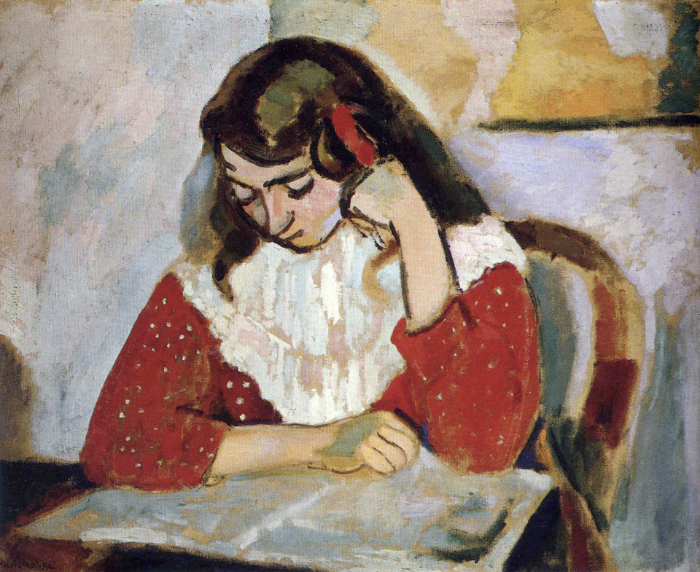
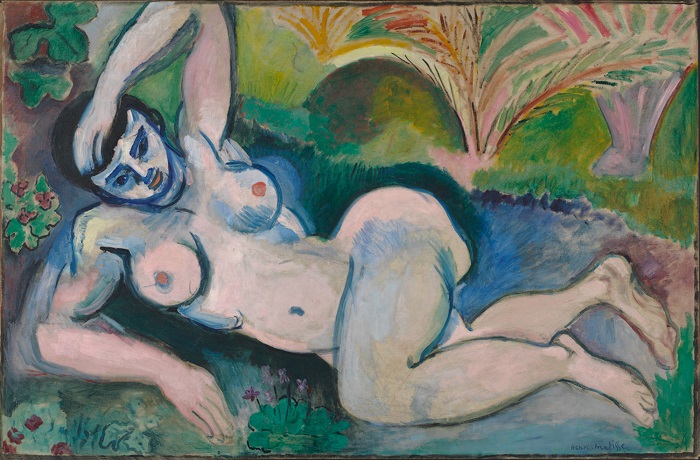
Following a few years of commissions and the exploration of interiors, Matisse started diving into cubism. He re-interpreted it as an outlet for abstract compositions with less-vivid colors, which quickly made way for a new interest in the female figure. This led to the creation of the ever-famous, ever-iconic “Dance“ in 1910. In preparation for it, Matisse started sketching using the collage technique, which is reflected in the painting. The women look as if cut from paper and taped onto the canvas. He would return to collage in the later stages of his career.
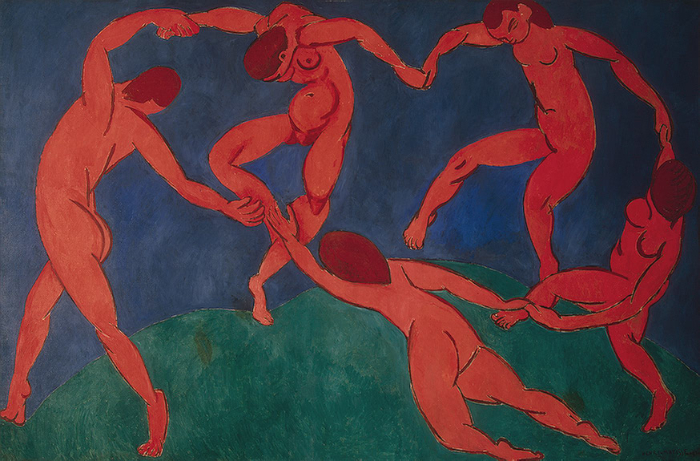
As he grew older, Matisse became less fond of life in the public eye. He moved to Nice and his style relaxed into a natural color palette. Simultaneously, he developed his exploration of the female figure into a series of orientalist, somewhat decorative paintings.
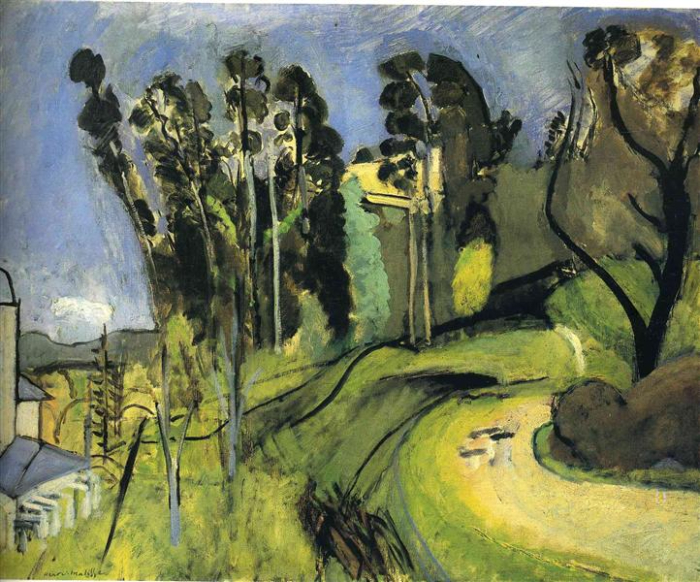
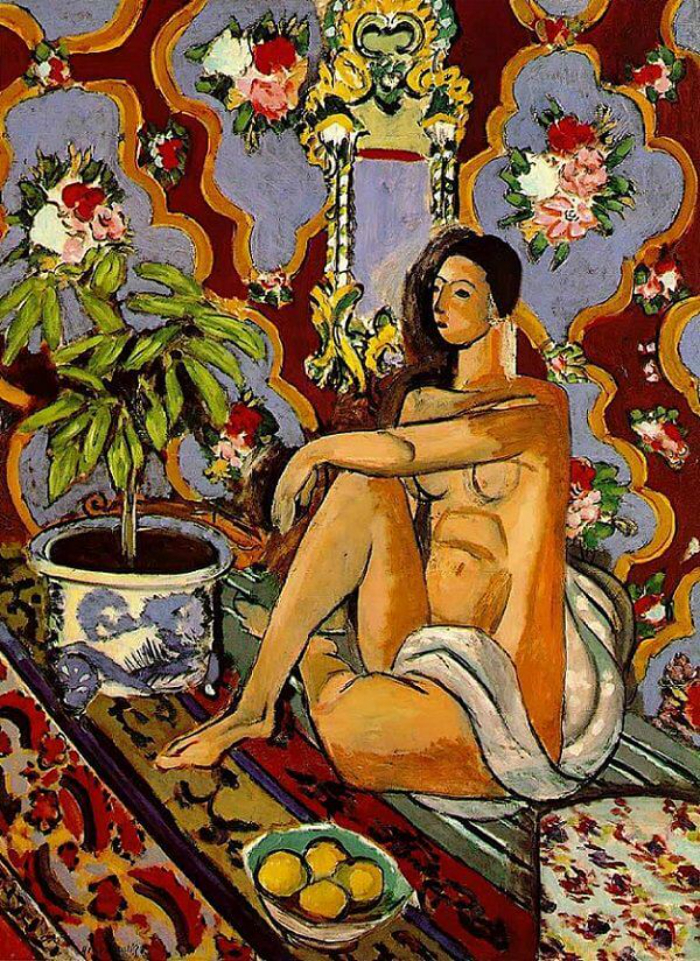
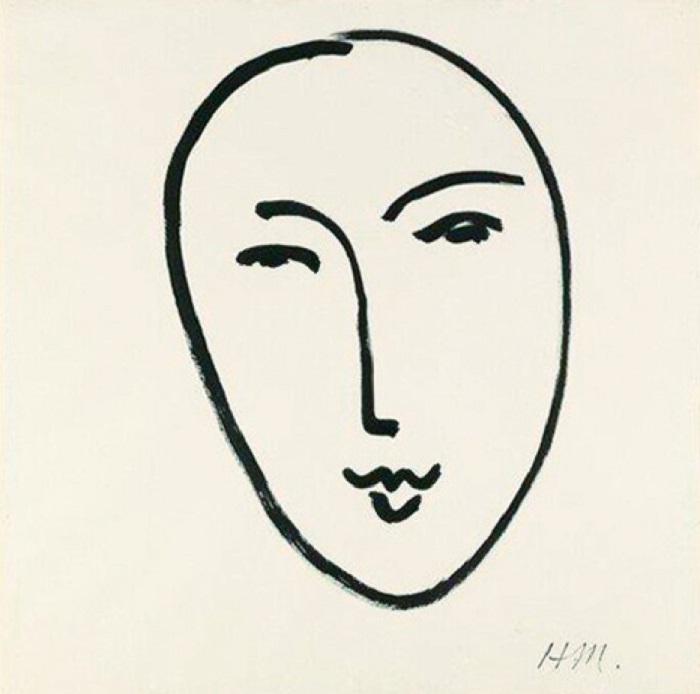
Sculpting was a medium that came and went in Matisse’s career. He created sculptures in series. Just like with his paintings, Matisse reveals the creative process. The surface is not sleek, and there is no attempt to mimic reality. For Matisse, there is a tightly-knit relationship between painting and sculpture. He used paintings as preparation for sculpting, and he used sculpting to solve problems he faced with paintings.
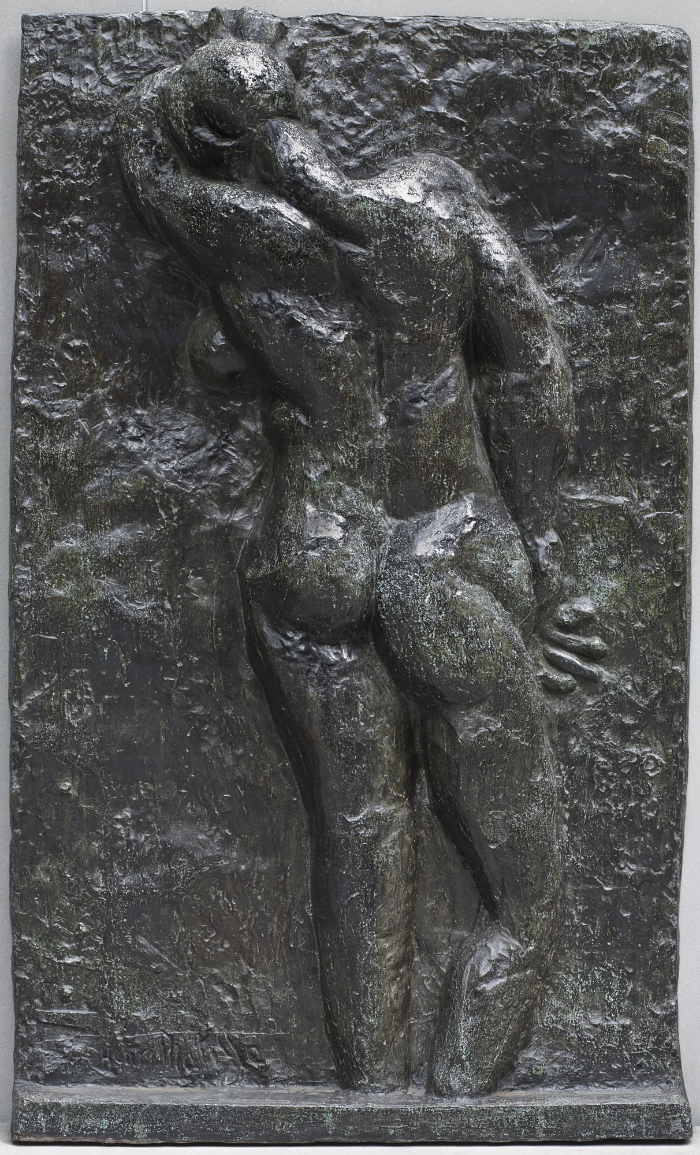
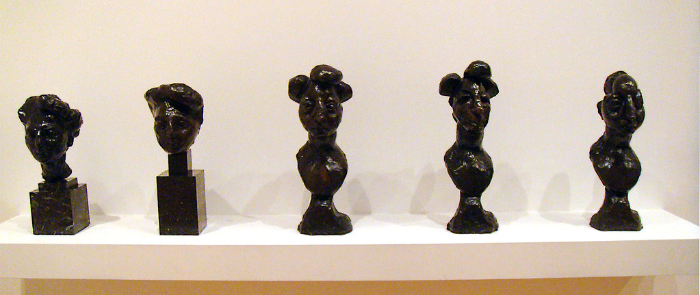 The Jeanette series, 1910-1916/Source
The Jeanette series, 1910-1916/Source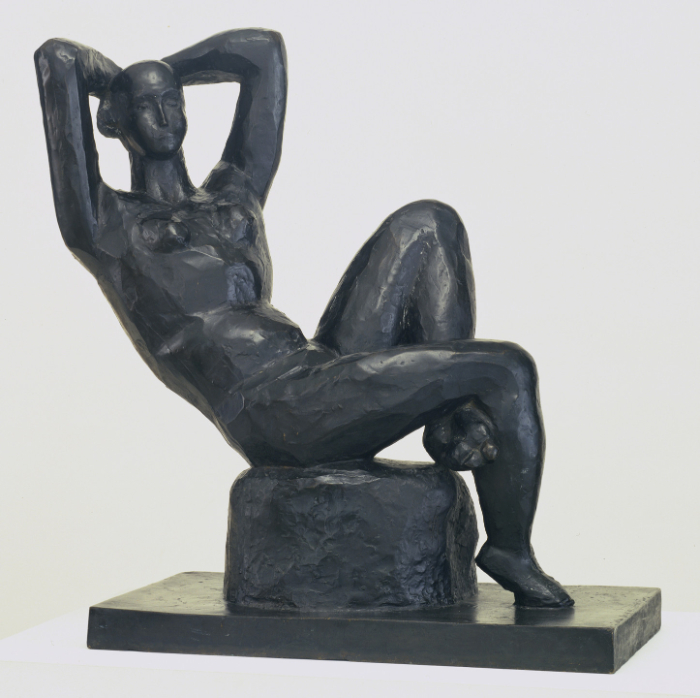
In 1941, Matisse underwent surgery that put him in a wheelchair. His range of motion was compromised, but this woke another surge of creativity in him. It is one of his creative career's most daring and colorful eras. He attached his paintbrushes to long wooden sticks, but at a certain point, he rediscovered the collage, or as he called it, painting with scissors. Just as one paintbrush can give you both a thin and a thick line, so did the collage allow Matisse to explore a new realm in his creative skills.
